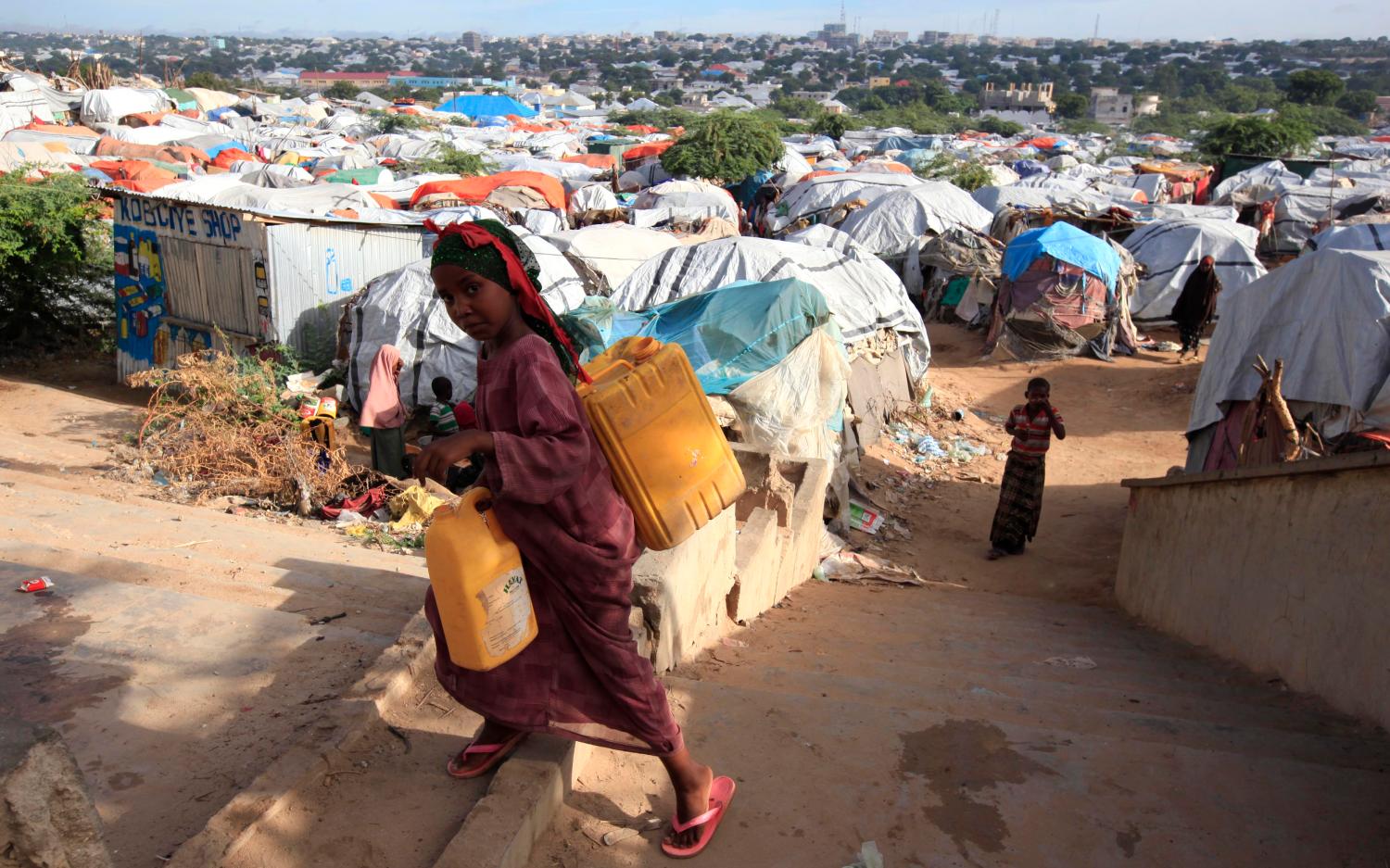Internal displacement is a global phenomenon that poses major challenges for affected countries and regions. Its causes include natural and human-made disasters, human rights violations, generalized violence and armed conflict. Development and conservation projects can also displace large numbers of people.
The consequences of internal displacement can be severe, costly and long-lasting.
In practical terms, it means the loss of homes, land, belongings and livelihoods, and the disruption of family and community life, creating special needs and vulnerabilities. Internally displaced populations can also strain the capacities of the communities in which they live. Internal displacement crises can impede the achievement of development goals, and may destabilize affected regions, particularly in conflict or post-conflict settings.
As citizens or habitual residents of the country in which they are displaced, internally displaced people (IDPs) will often turn for help to national authorities, which bear the primary responsibility for protecting and assisting them. The fulfillment of this responsibility is a challenge, however, particularly in the context of limited institutional capacities and funding. In order to meet the challenge effectively, a number of countries have adopted national laws, policies or strategies on internal displacement. Such instruments can provide important guidance to national authorities and other relevant parties involved in responding.
They are also important tools for safeguarding IDPs’ rights, as set out in the 1998 UN Guiding Principles on Internal Displacement (Guiding Principles).
Objectives
This guide aims to help law and policymakers address internal displacement in a planned and concerted manner through the development of national instruments, which can improve responses to IDPs’ needs and rights at both the national and local level. In particular this guide:
-
- Provides advice to national authorities and other actors on processes for developing national instruments.
- Addresses both international and regional legal frameworks, and some of the difficulties typically encountered in incorporating such standards into national legislation and policies. Particular reference is made to the 2006 Great Lakes Protocol on the Protection and Assistance to Internally Displaced Persons (Great Lakes Protocol) and the African Union Convention for the Protection and Assistance of Internally Displaced Persons in Africa (Kampala Convention).
- Complements Protecting Internally Displaced Persons: A Manual for Law and Policy Makers, published by the Brookings Institution in October 2008, which explains the substance of rights-based national instruments on internal displacement in detail. While the Brookings manual focuses on content, this guide focuses on the process of developing them. Their combined use may help governments to exercise their responsibilities towards IDPs through well-crafted national instruments.
- Provides advice to national authorities and other actors on processes for developing national instruments.


